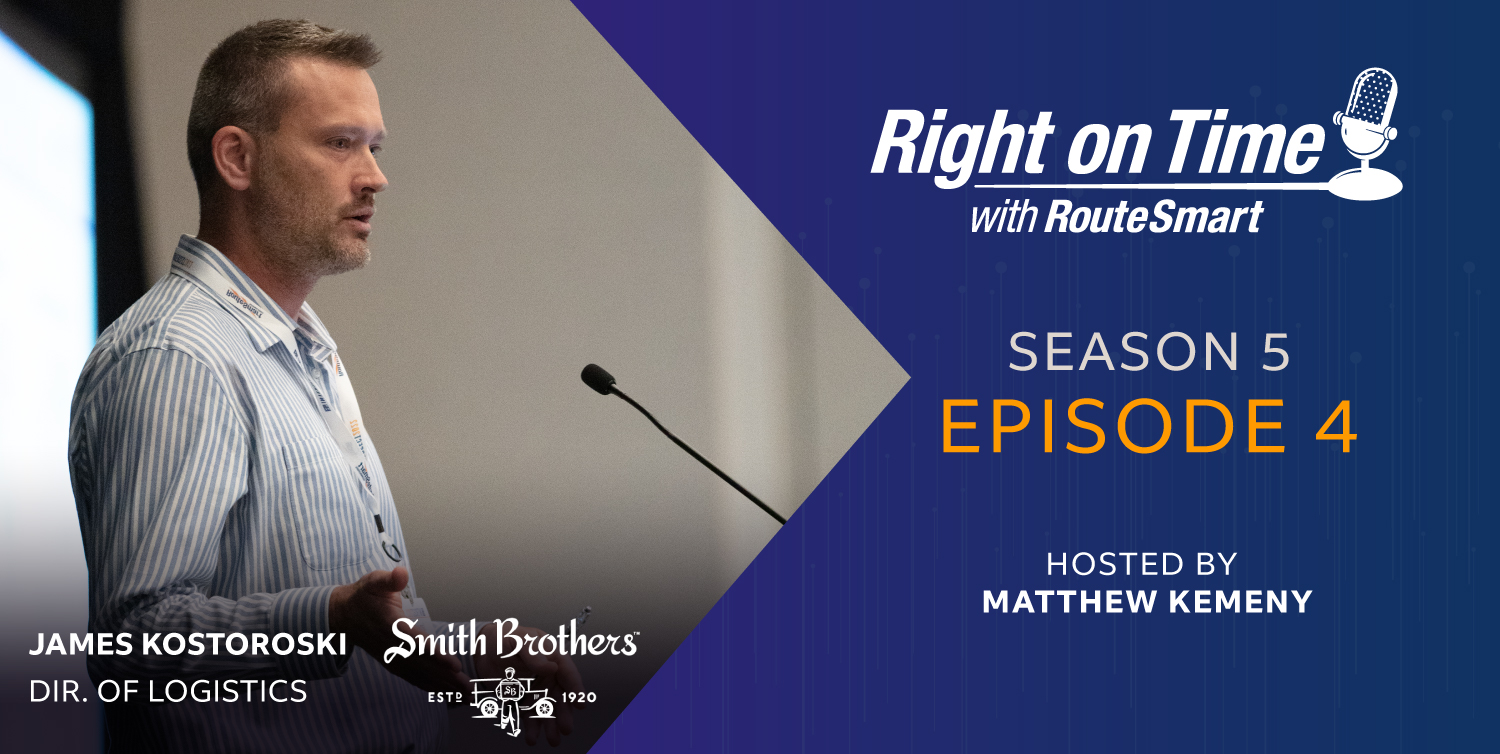Adaptive Routing Puts the Driver First
More logical sequences. Improved efficiency. Lower costs. Balanced workloads and satisfied drivers.
More logical sequences. Improved efficiency. Lower costs. Balanced workloads and satisfied drivers.
An adaptive routing plan provides organizations these advantages and more, according to RouteSmart Director of Marketing Doug Hill. Hill shared these insights in the most recent release of Triangle Management Services’ Mail & Express Review.
“Adaptive routing combines the best of dynamic routing with strategies to fit within your existing operational constraints,” Hill writes in the Autumn 2021 edition. “If your [organization] has not implemented an adaptive routing strategy to schedule daily deliveries, you may fall behind the competition as more [organizations] use it to manage and plan deliveries and pickups in a timely and cost-efficient manner.”
Dynamic routing can cause wariness in drivers because it can disrupt their schedules with sudden and unpredictable changes to deliveries in search of the most efficient route.
“While a pure dynamic routing solution may be preferable for field technicians who make 5-10 stops per day, it’s unrealistic to assert a parcel carrier whose drivers make 75-200 stops each day will benefit from this routing approach,” Hill adds. “While creating territories and finding ideal balance is very important, the route sequence must also be considered. As is the case with the driver’s daily territory, the sequence can’t simply be given to an algorithm for final decisions.”
Adaptive routing offers another advantage because trucks are filled in the most efficient manner in relation to the sequence of stops. No driver wants to spend their time sorting through their vehicle to find orders that have been re-routed due to a dynamic routing strategy.
“Dynamic routing doesn’t always consider the driver’s best interest – a reality that’s pushing some shippers and carriers to pump the brakes on their use of more progressive routing strategies,” Hill explains.
RouteSmart COO Dr. Larry Levy also observed this reality over his four decades working with global leaders, including FedEx Ground, the U.S. Postal Service and Posti. “Experienced dispatchers and drivers tell us that when route planning doesn’t include considerations of how to load a vehicle, a five-minute savings in driving time can cause 15 minutes or more in lost time in the field attempting to retrieve packages in the vehicle,” Levy says.
Triangle Management Services, based in the United Kingdom, is a global leader in delivering business services to companies and leaders in the post and parcel industry. Those services include strategic consultancy, market research, and high-level conferences such as WMX Europe and WMX Americas, among others.
Click here for the full article.



